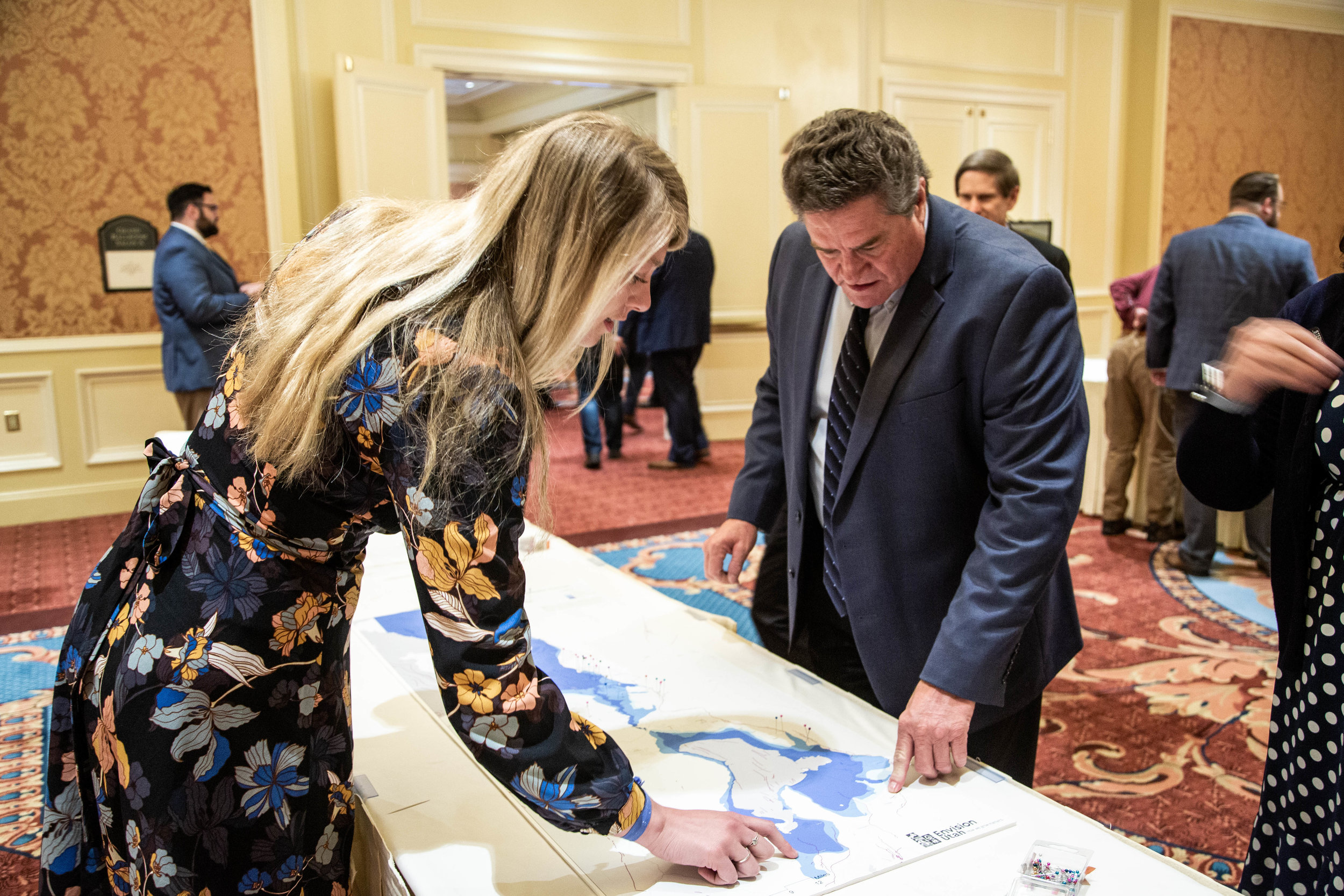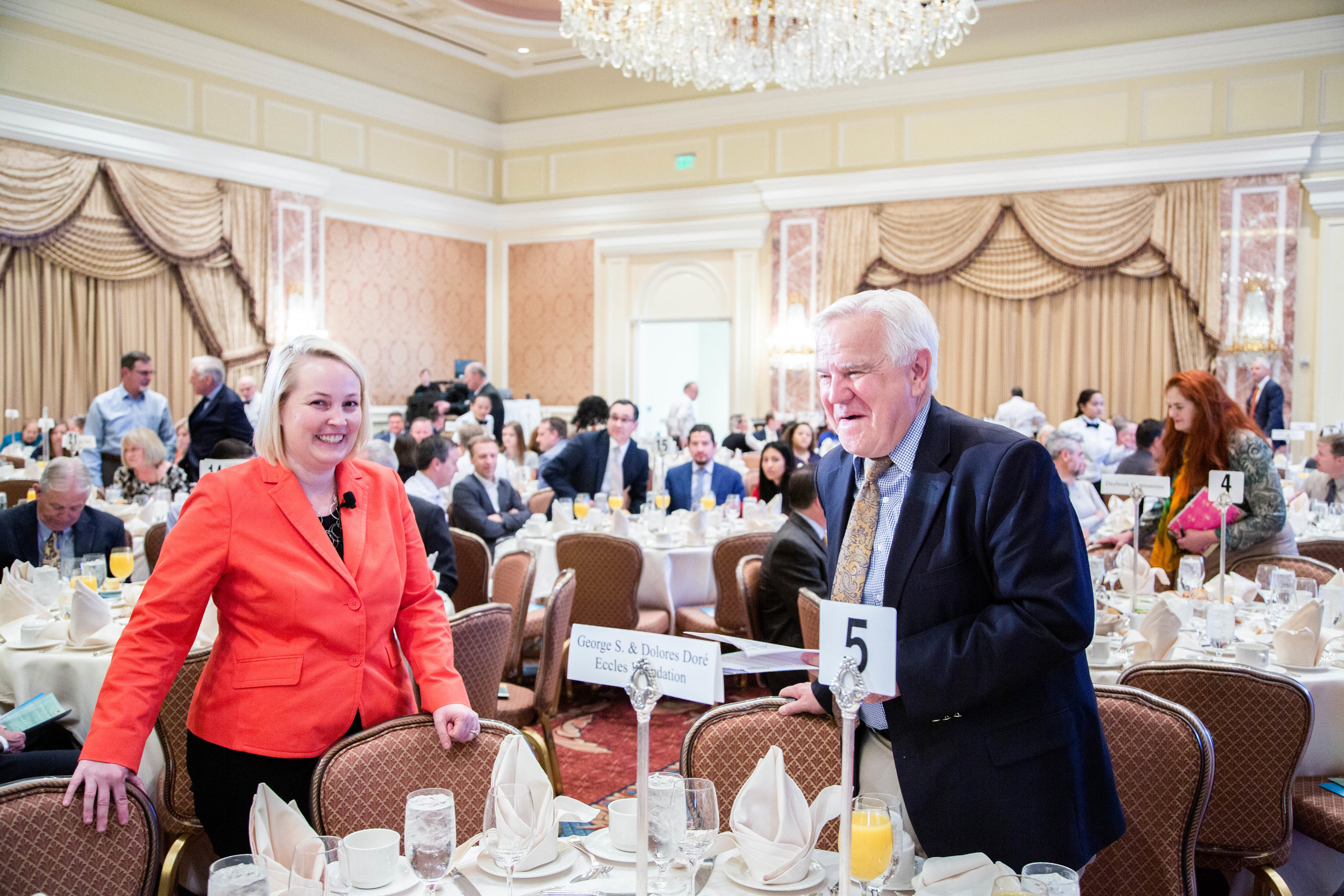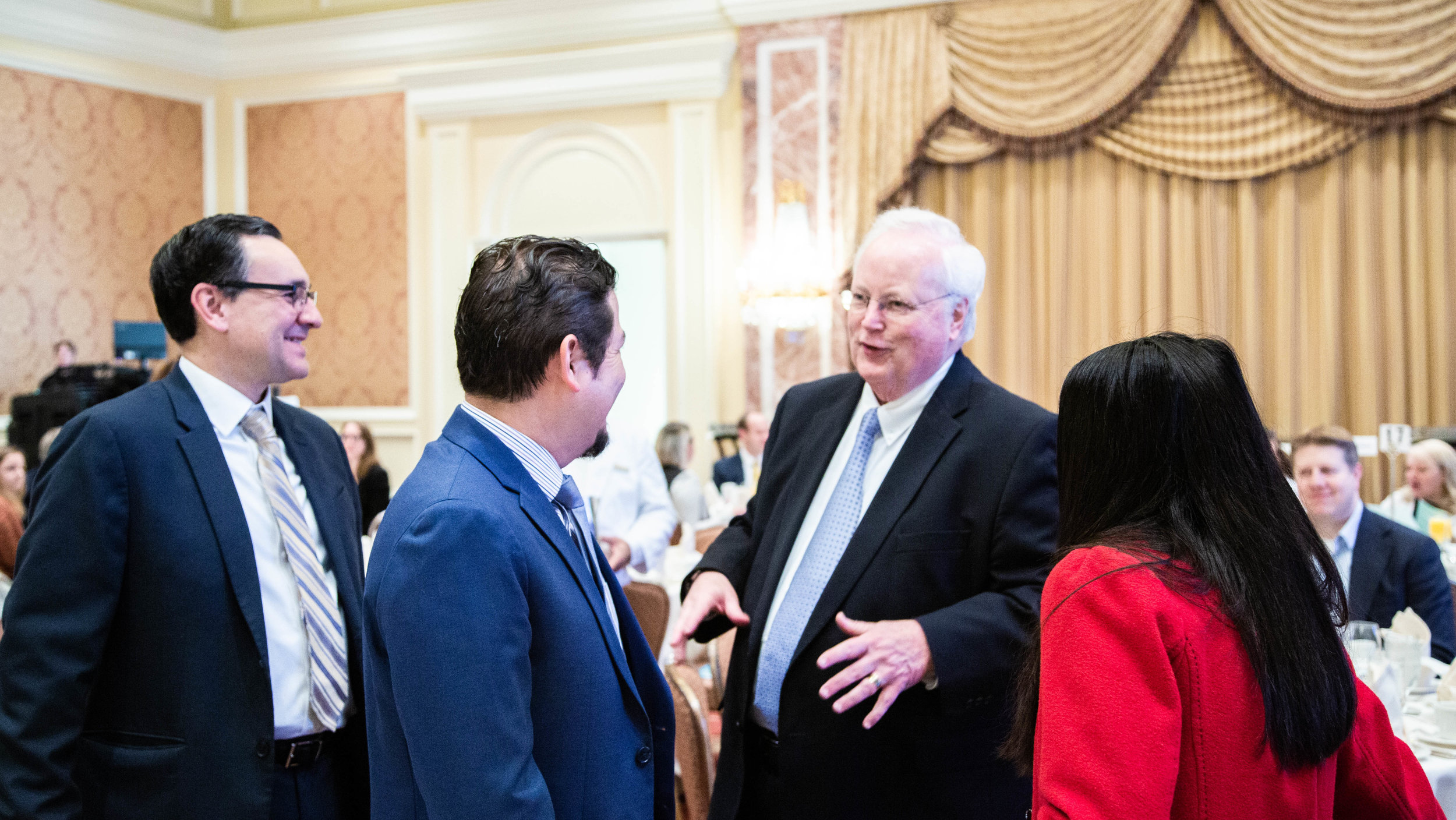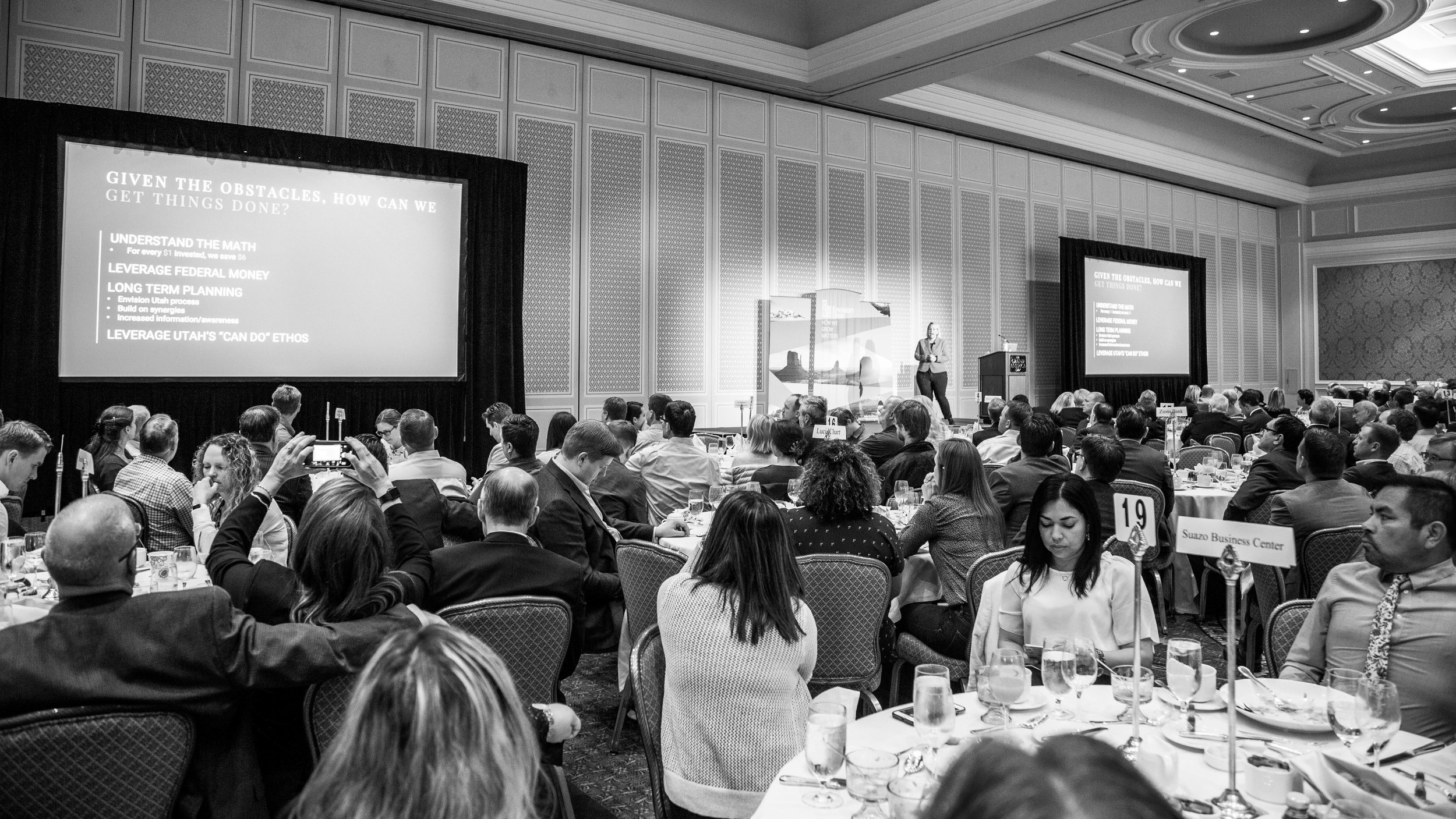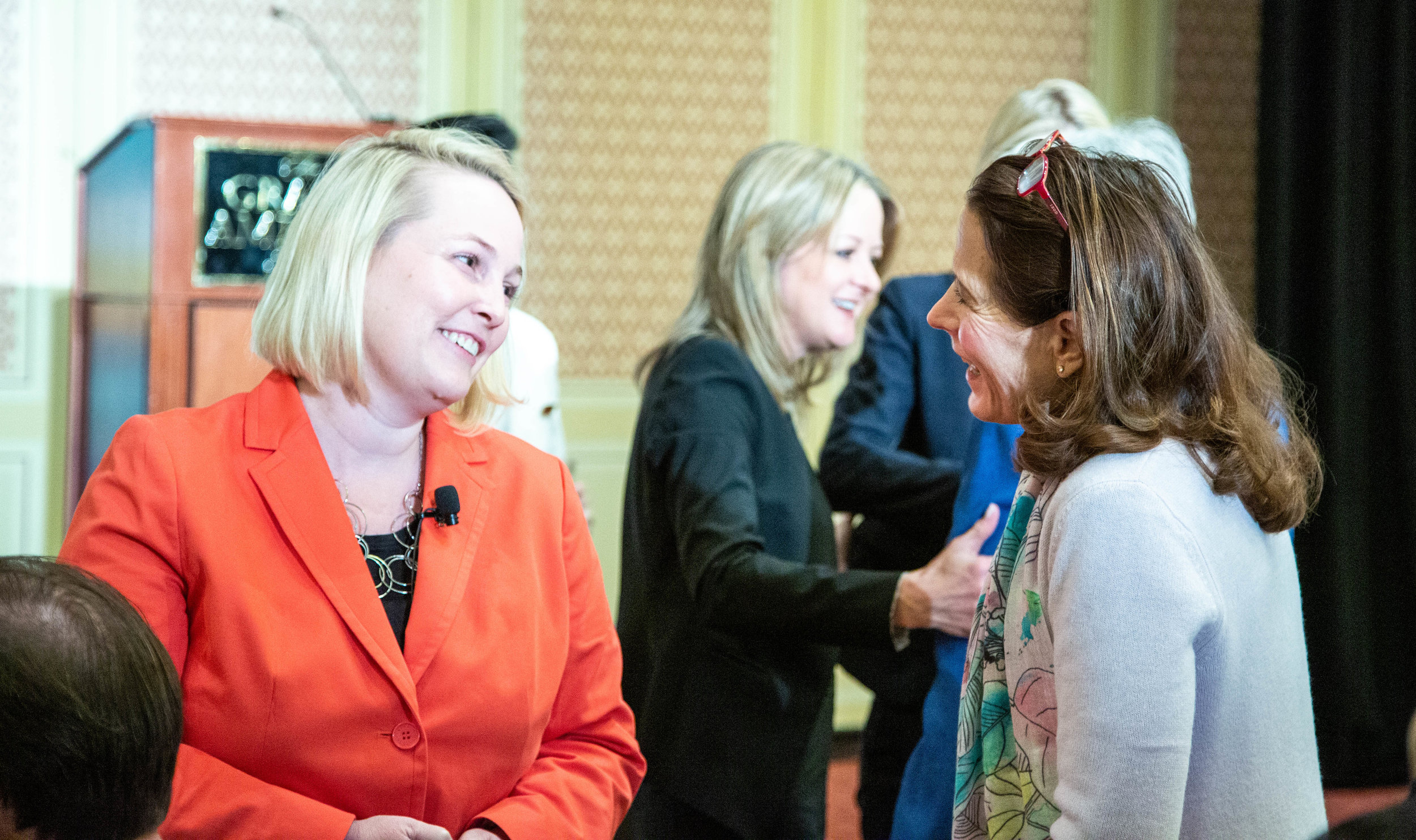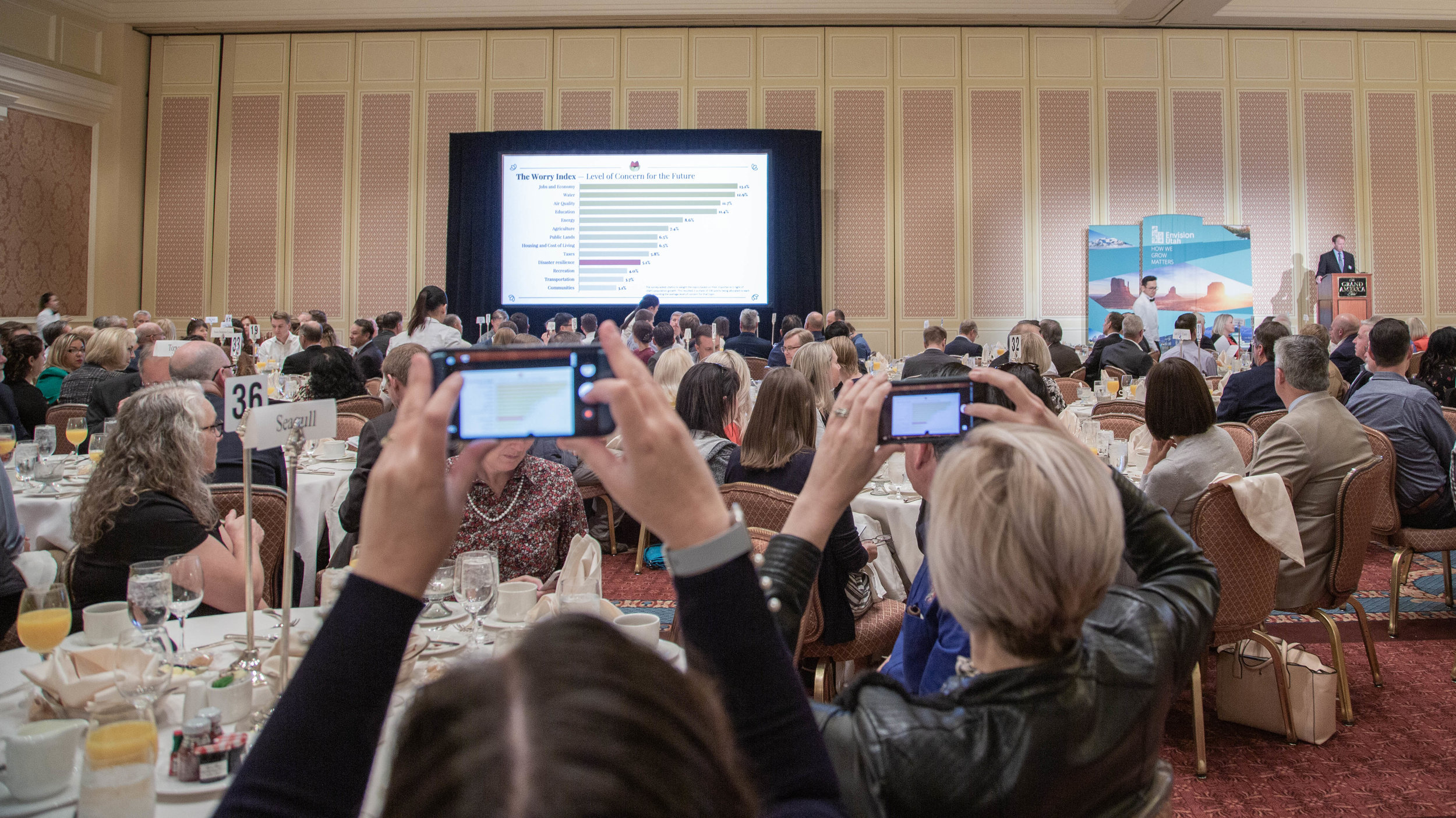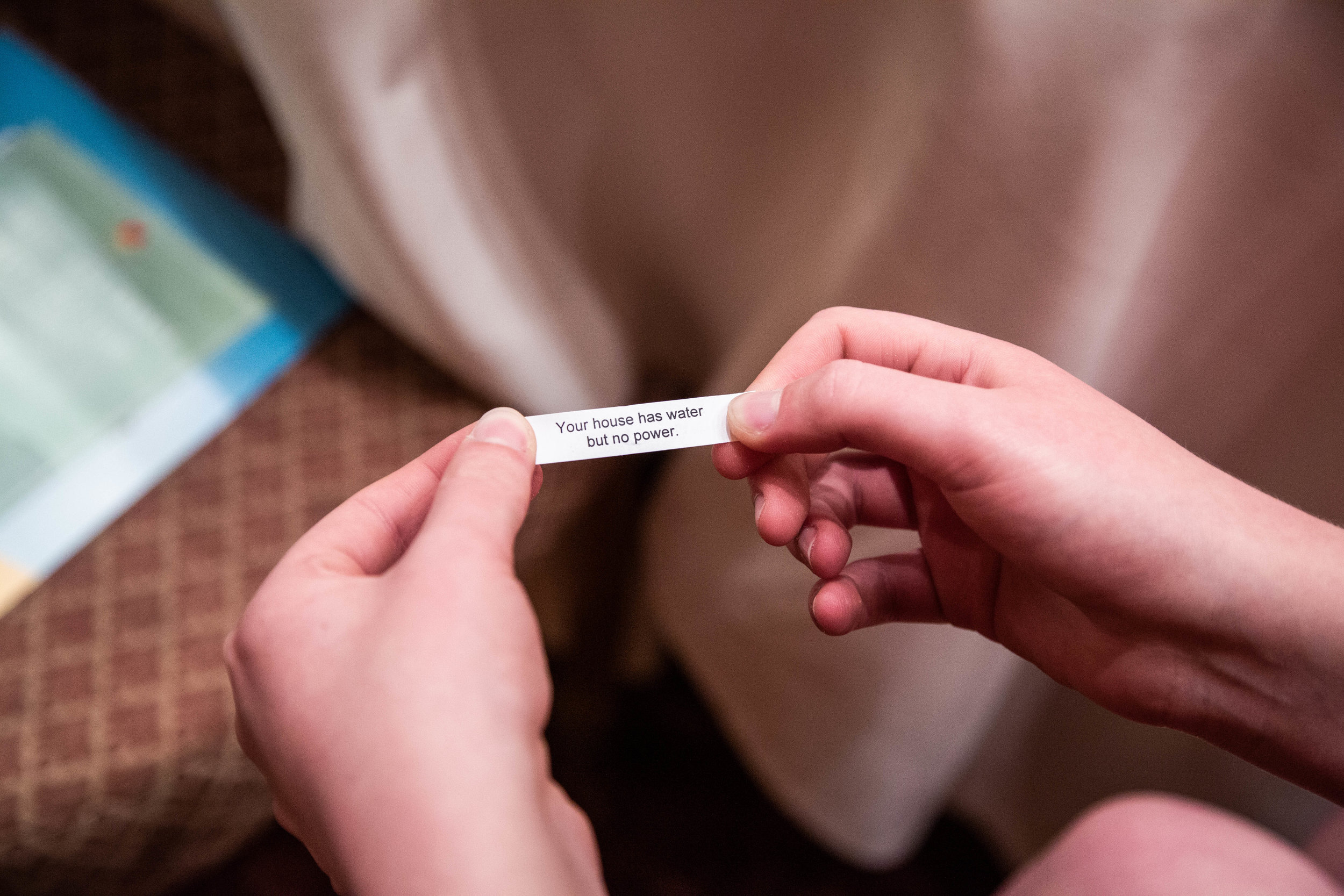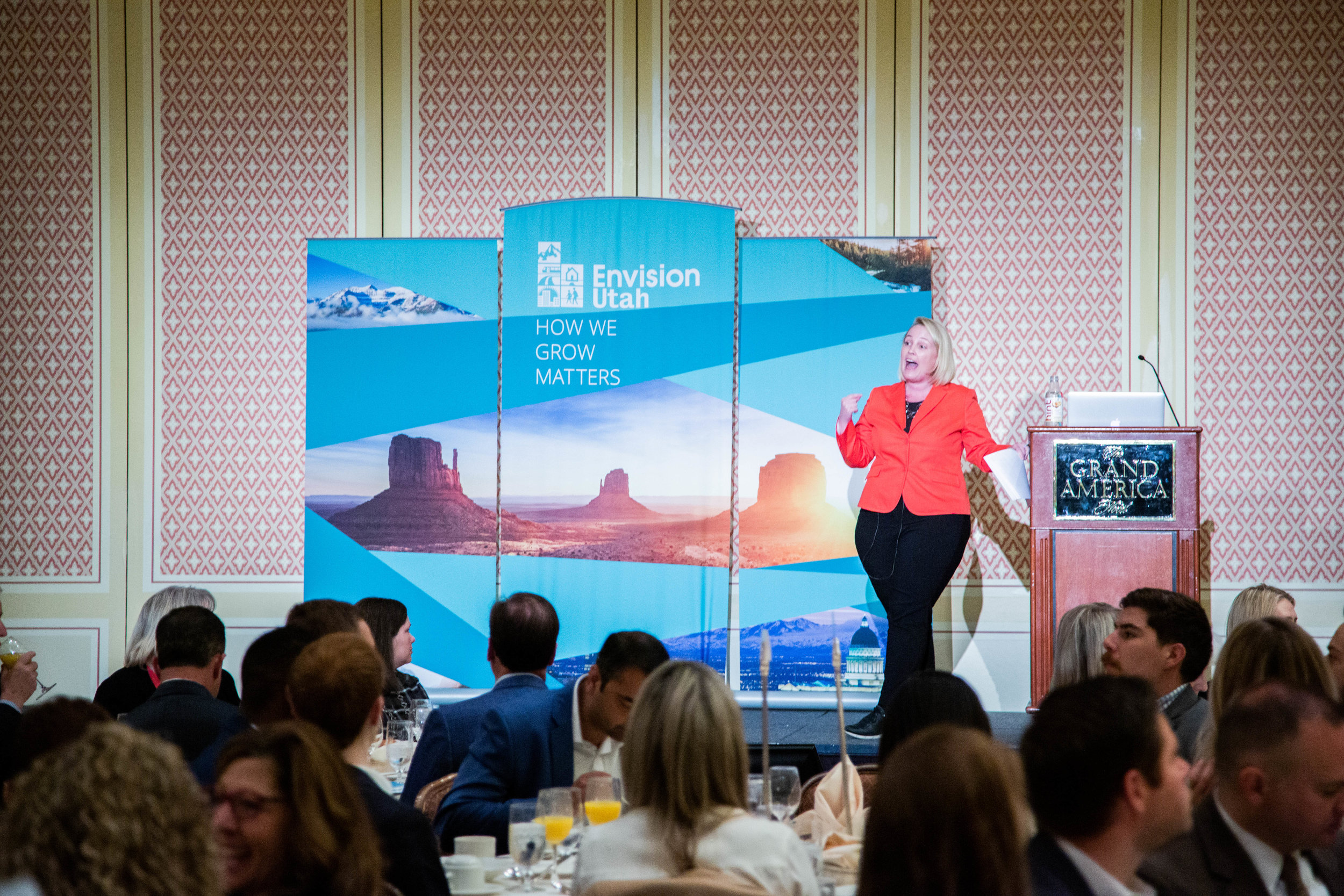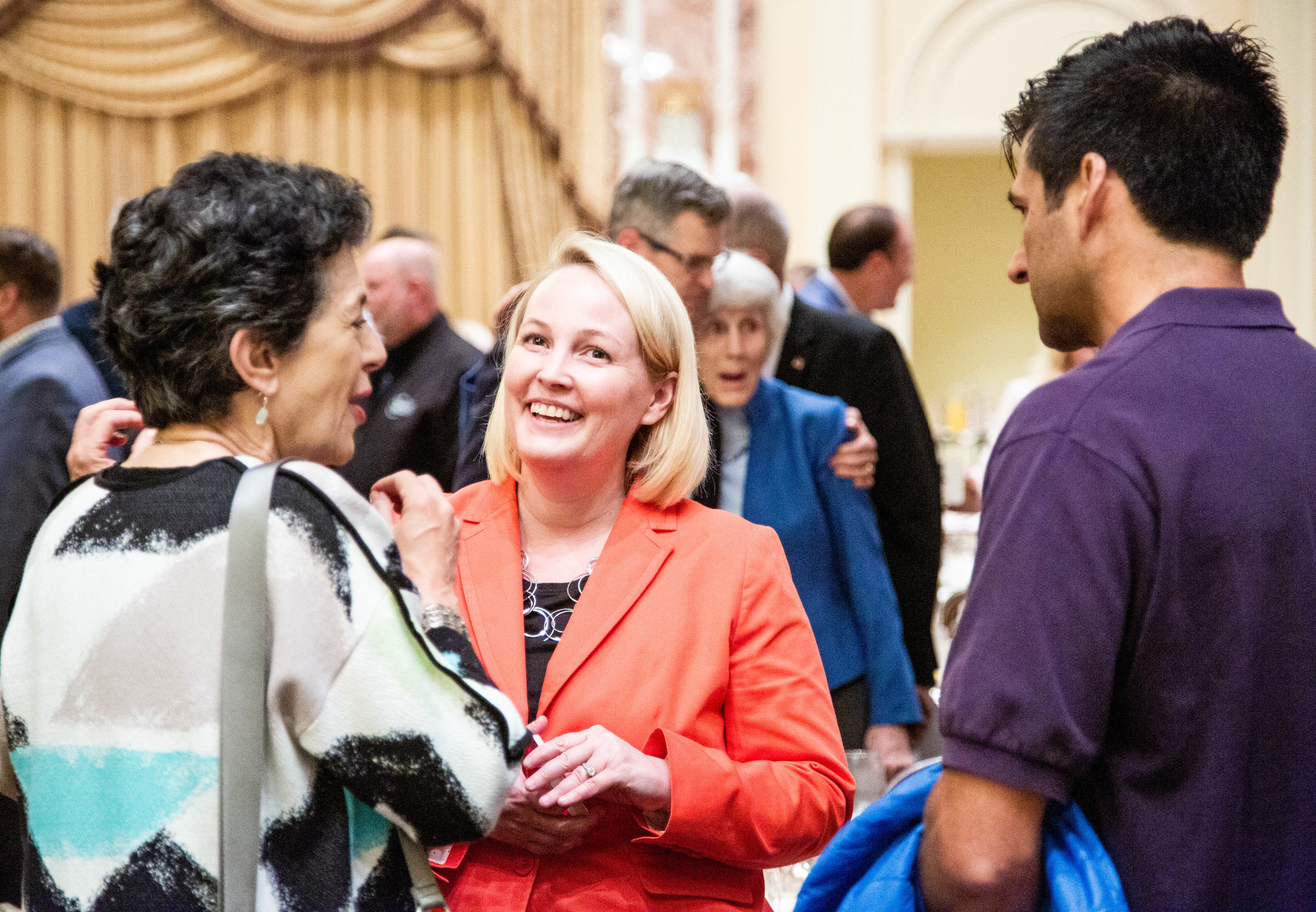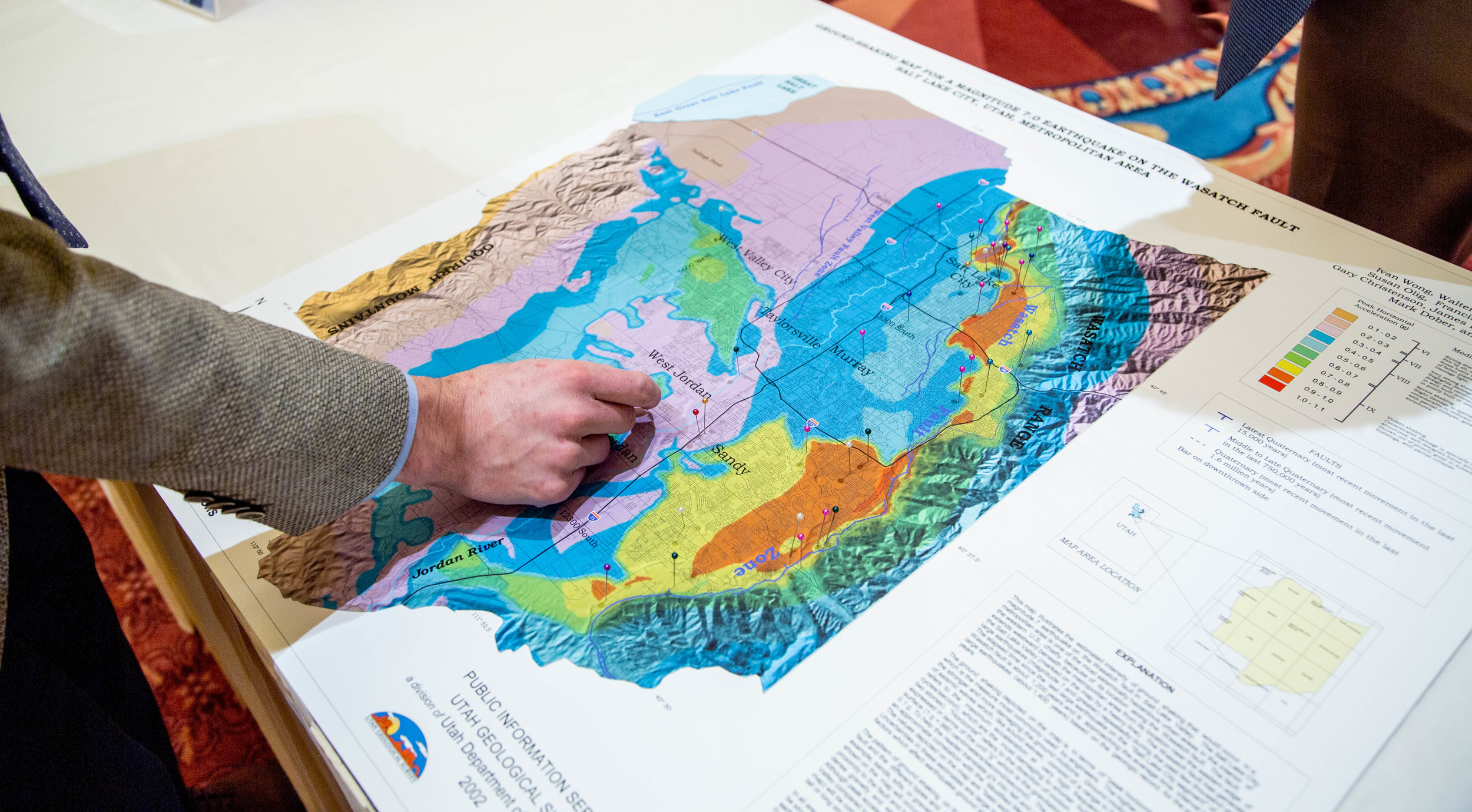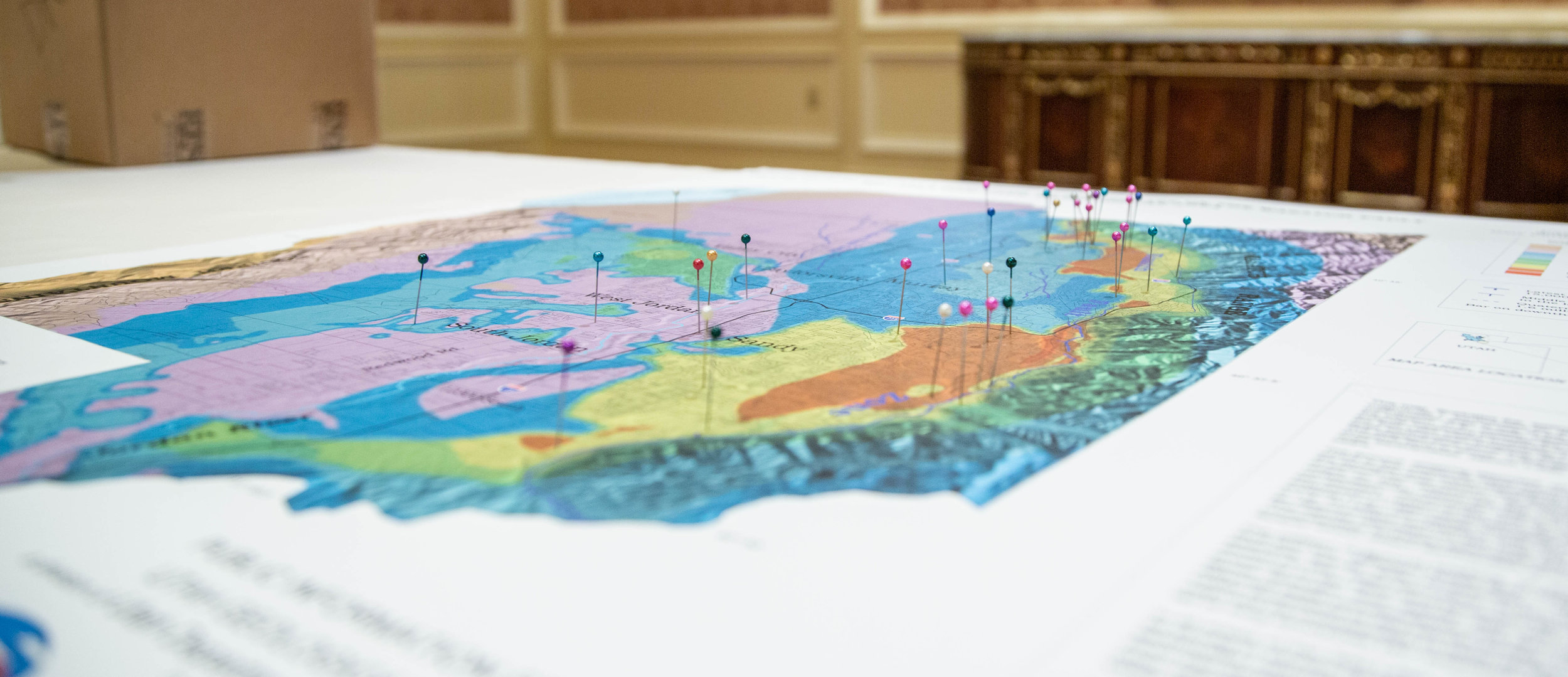Thank you to everyone who joined us at this year's Spring Breakfast, and a special thanks to our sponsors and our wonderful keynote speaker—BYU law professor and disaster law expert Lisa Grow Sun—for making the event such a great success! Lisa explained the safety hazards and economic risks of living on a major fault line, why we're often reluctant to prepare for a natural disaster, and how we can build our community resilience in case of a large earthquake.
DISASTER RESILIENCE
What are the risks?
The Wasatch Front region is overdue for a "Big One" (an earthquake with a magnitude around 7.0). The following Hazus estimates show the potential for devastation if the earthquake were to occur along the Salt Lake segment of the Wasatch Fault:
2,000 - 2,500 fatalities (putting us in the top five worst natural disasters in U.S. history)
7,400 - 9,300 critical injuries
84,400 displaced households
480,000 homes without potable water (that's over 60 percent of homes in the area)
444,000 homes without power (59 percent of homes)
Why is Utah at such a high risk?
Not only is most of our population and infrastructure concentrated along the Wasatch Fault, we also live on the former bed of Lake Bonneville. That means a big portion of the Wasatch Front is at risk for liquefaction during a major earthquake. On top of those risks, we had limited awareness of our earthquake risk until the 1970s, so fewer of our homes and businesses are built to withstand a disaster.
Why don't we do more to address the risk?
Because of the high costs of preparing our communities for an earthquake and the complexity of retrofitting privately owned homes and other buildings, tackling this problem can feel a little overwhelming. Plus, Lisa explained, there are psychological elements at play. Most of us love living in Utah, so we subconsciously downplay the risks of that choice.
What should we do to prepare?
Lisa offered a handful of ways we can prepare our state for a big earthquake or other natural disaster, like retrofitting old buildings, upgrading building codes, insuring our homes and businesses, and investing in lifeline infrastructure resilience. It's a lot to take on—but Utah was built on just the kind of "can do" attitude we'll need to make these changes happen.
Lisa Sun is a native Utahn and renowned expert in disaster law. She co-chaired the Disaster Resilience Action Team for the Your Utah, Your Future process, in which she worked with Utah's leading disaster readiness experts to model the effects of major earthquakes, wildfires, and flooding—and to identify the state's biggest vulnerabilities.
Lisa is also co-author of the leading disaster law book in the country and teaches disaster law and constitutional law at Brigham Young University. Earlier in her career, Lisa was the first woman to graduate first in her class from Harvard Law School and the first woman to graduate summa cum laude (plus the first summa cum laude in 15 years). She has clerked for Justice Anthony M. Kennedy and was a lecturer at Stanford Law School and a guest lecturer at Tsinghua University in Beijing.
Lisa has three teenage children, and her husband runs one of Utah's fastest-growing tech companies. Together, they've built their home right on the Wasatch Fault.
